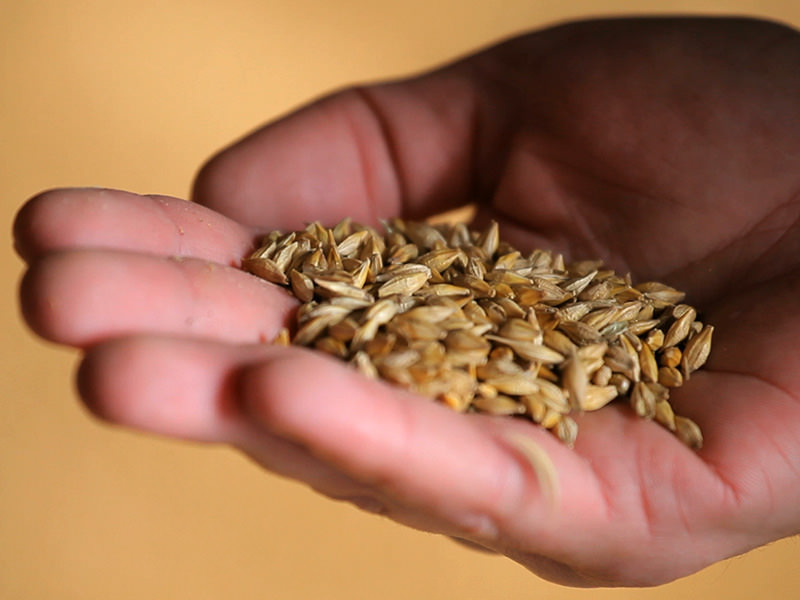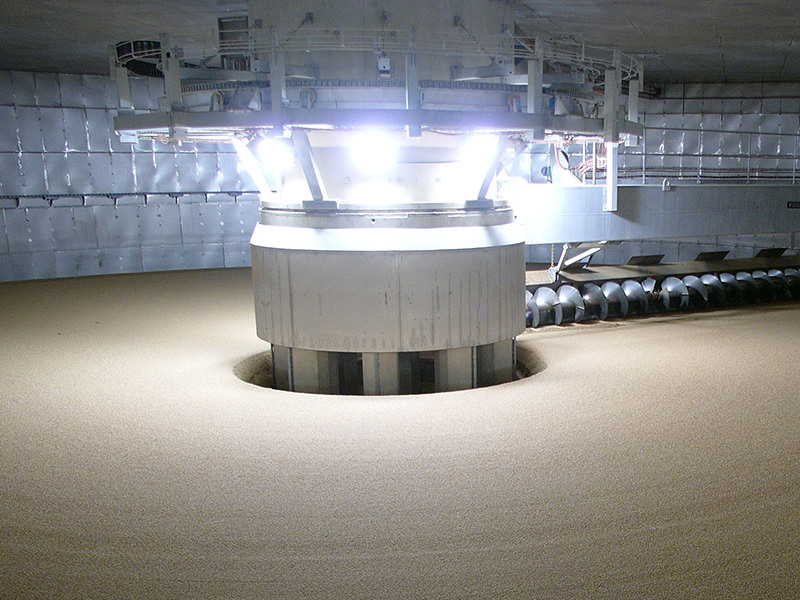Malt is a natural ingredient made from cereal grains
Malt is a cereal grain that has been transformed naturally
Malt is a cereal grain — usually barley — that has been germinated, then heated, dried, and deculmed. Malt is a natural food product that is the result of a process that uses only water, air, and heat: malting. Malt has biochemical and nutritional properties that make it an essential component of beer and other fermented beverages.
Malt has remarkable biochemical properties
Malt is a cereal grain that has been caused to germinate under ideal heat and humidity conditions so that the grain produces certain enzymes — mainly amylases — that are necessary for the saccharification of starch, and thus for the creation of alcohol during fermentation.











